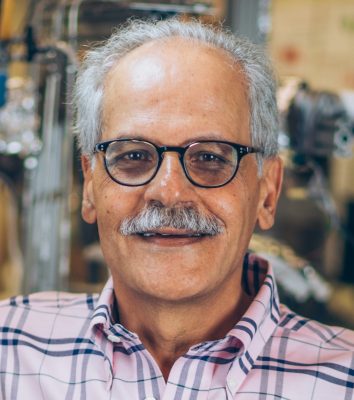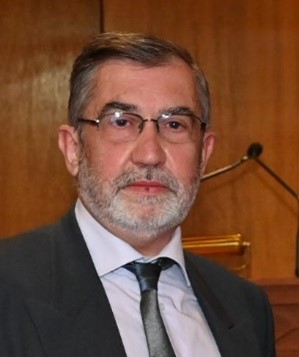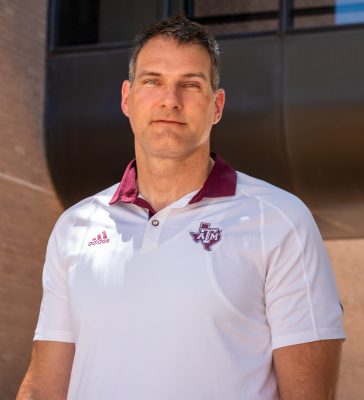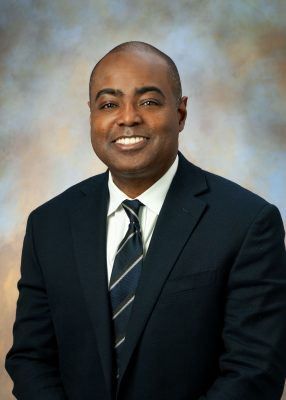
Artificial Intelligence-Guided Science of Molten Salts: Chemistry, Structure, and Properties Across the Periodic Table
Date: December 5, 2025; Time: 2:30 PM Location: PWEB 175
Abstract: A central challenge to deploying molten salt nuclear technologies lies in our ability to accurately characterize, predict, and monitor the chemistry of molten salts throughout the fuel cycle. In synthesis, the properties of molten salts can be tailored for specific combination of properties. During operation, fuel salt composition evolves continuously with generation of numerous fission products, which produces significant changes in the thermophysical and thermochemical properties. In reprocessing, impurities must be separated from reusable fuel. Each of these steps requires the study of an enormous array of chemical and thermodynamic conditions. Here, current experimental and computational approaches are not sufficiently accurate and expeditious for assessing these design spaces. As such, it is unlikely that we will achieve the robust chemical understanding required for commercial deployment under conventional research paradigms employed in the study of molten salts. This talk will discuss our latest advances in applying artificial intelligence (AI) to overcome these challenges for studying the chemistry-structure-property relationships in molten salt, which include 1) machine learning (ML)-assisted atomistic simulation for speed and accuracy, 2) chemistry-informed ML for learning the thermal properties of molten salts across the periodic table and generative AI for targeted-property design, and 3) machine learning-enhanced characterization and online monitoring with spectroscopic methods. We will show how state-of-the-art methods have been applied for uncovering structure-property of molten salts with unprecedented speed and resolution and discuss future opportunities for improvement in each of these areas.
Biographical Sketch: Stephen Lam is the Director of Nuclear Engineering, and Assistant Professor of Chemical Engineering at the University of Massachusetts Lowell. His research focuses on combining artificial intelligence and materials simulation to inform experiments for the purpose of understanding chemical structure, reactions and property relationships in advanced energy materials. Stephen obtained a PhD in nuclear engineering in 2020 from the MIT, and BS in Chemical Engineering in 2013 from the University of British Columbia. He was the recipient of the U.S. Department of Energy Early Career Award, and U.S. Nuclear Regulatory Commission’s Distinguished Faculty Advancement Award in 2024. His work includes computational material screening with high-throughput simulation, development of machine learning-based interatomic potentials for predicting properties and understanding microscale phenomena, application of artificial intelligence for unraveling hidden structure-property relationships, and machine learning-assisted spectroscopies for enhancing structural characterization and monitoring techniques. His work has been published in over 30 peer-reviewed articles (including JACS Au, Nature Machine Intelligence, npj Computational Materials, Chemical Science) in areas of machine learning, molten salt chemistry, tritium interactions with materials, carbon materials, and high-temperature ceramics.




 Hybrid-Electric Propulsion System For Commercial And Military Aircrafts
Hybrid-Electric Propulsion System For Commercial And Military Aircrafts Protective Nanocoatings from Polyelectrolytes: Flame Retardancy, Gas Barrier, and High Voltage Insulation
Protective Nanocoatings from Polyelectrolytes: Flame Retardancy, Gas Barrier, and High Voltage Insulation
